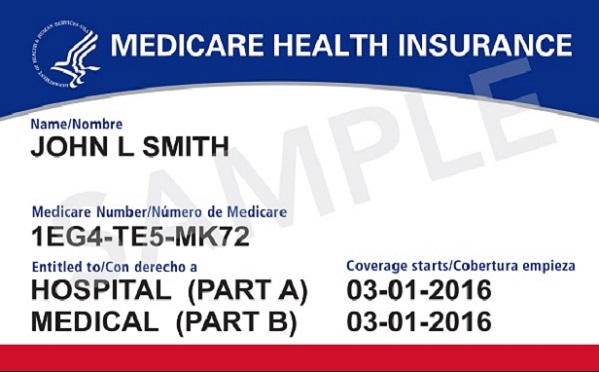

NOT FOR REPRINT
Medicare Supplement Use Rises Again: AAMSI
By
Allison Bell
News May 17, 2018 at 11:18 AM
Share & Print

NOT FOR REPRINT
© 2025 ALM Global, LLC, All Rights Reserved. Request academic re-use from www.copyright.com. All other uses, submit a request to [email protected]. For more information visit Asset & Logo Licensing.





